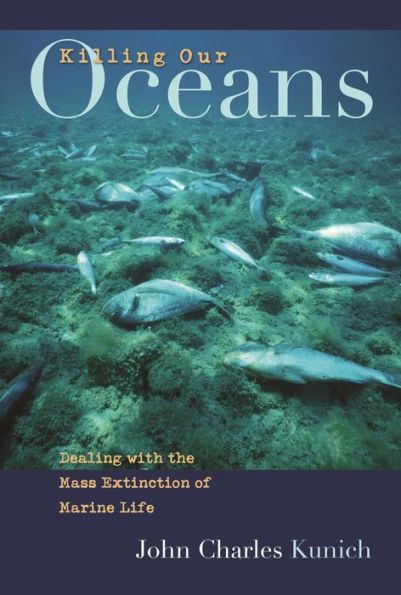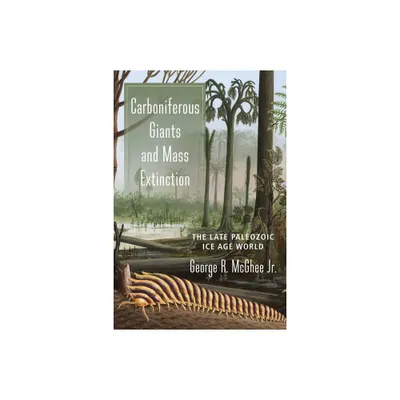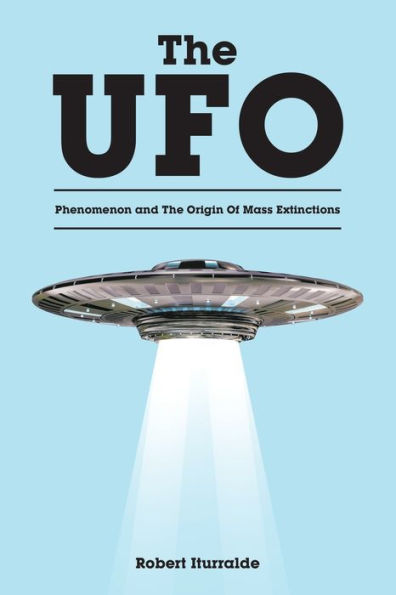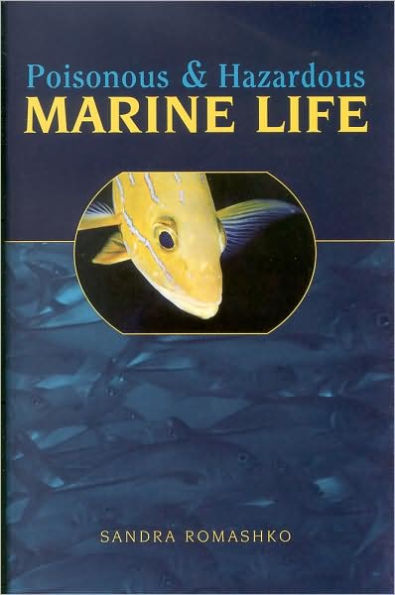Home
Killing Our Oceans: Dealing with the Mass Extinction of Marine Life
Loading Inventory...
Barnes and Noble
Killing Our Oceans: Dealing with the Mass Extinction of Marine Life
Current price: $65.00


Barnes and Noble
Killing Our Oceans: Dealing with the Mass Extinction of Marine Life
Current price: $65.00
Loading Inventory...
Size: Hardcover
*Product Information may vary - to confirm product availability, pricing, and additional information please contact Barnes and Noble
In his
Ark of the Broken Covenant
, Kunich showed that Earth's species are concentrated in 25 zones of ecological significance known as biodiversity hotspots, and maintained that we'd go a long way toward saving many species from extinction if we'd focus our protective laws and regulations on these zones. In
Killing Our Oceans
he extends this analysis to the extraordinary pockets of life in the oceans that are similarly threatened.
, Kunich showed that Earth's species are concentrated in 25 zones of ecological significance known as biodiversity hotspots, and that we'd go a long way toward saving many species from extinction if we'd focus our protective laws and regulations on these zones. In
he extends this analysis to the extraordinary pockets of life in the oceans that are similarly threatened. From coral reefs to recently discovered hydrothermal vents, the oceans contain vast numbers of endangered species. We are rapidly losing these unique, irreplaceable treasures, due in part to an appalling lack of efficacious safeguards. What's in it for us if we intervene to halt this mass extinction? Quite possibly the greatest medical, nutritional, and scientific breakthroughs in all of human history, just waiting to be discovered and harnessed—or forever lost along with the dying species that hold the keys to these secrets.
Kunich examines in detail the applicable international laws as well as domestic laws of the nations with key marine resources, and demonstrates the abject failure of these measures to prevent or halt a mass extinction in our oceans. He concludes with a set of legal proposals that could start us down the road to preserving the marine hotspots and, with them, most of Earth's biodiversity. Legal solutions are not the only answer, but they are a beginning.
Ark of the Broken Covenant
, Kunich showed that Earth's species are concentrated in 25 zones of ecological significance known as biodiversity hotspots, and maintained that we'd go a long way toward saving many species from extinction if we'd focus our protective laws and regulations on these zones. In
Killing Our Oceans
he extends this analysis to the extraordinary pockets of life in the oceans that are similarly threatened.
, Kunich showed that Earth's species are concentrated in 25 zones of ecological significance known as biodiversity hotspots, and that we'd go a long way toward saving many species from extinction if we'd focus our protective laws and regulations on these zones. In
he extends this analysis to the extraordinary pockets of life in the oceans that are similarly threatened. From coral reefs to recently discovered hydrothermal vents, the oceans contain vast numbers of endangered species. We are rapidly losing these unique, irreplaceable treasures, due in part to an appalling lack of efficacious safeguards. What's in it for us if we intervene to halt this mass extinction? Quite possibly the greatest medical, nutritional, and scientific breakthroughs in all of human history, just waiting to be discovered and harnessed—or forever lost along with the dying species that hold the keys to these secrets.
Kunich examines in detail the applicable international laws as well as domestic laws of the nations with key marine resources, and demonstrates the abject failure of these measures to prevent or halt a mass extinction in our oceans. He concludes with a set of legal proposals that could start us down the road to preserving the marine hotspots and, with them, most of Earth's biodiversity. Legal solutions are not the only answer, but they are a beginning.

















